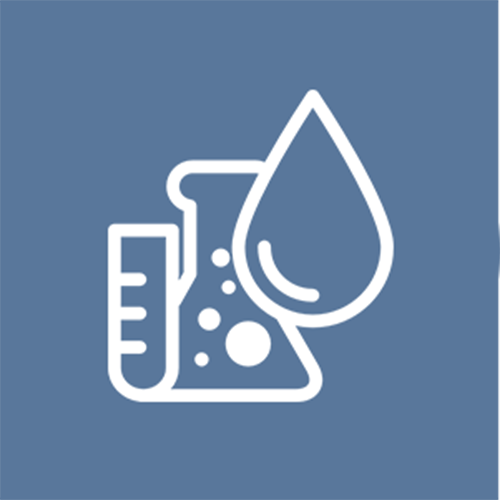Establishment of UNESCO Ecohydrology Demostration Site for Sustainable Eco-technologies for Wastewater Treatment (Pakistan)
Description
Location

Sketch
Information about lithology/geochemistry:
For the first time in Pakistan, an integrated system of sustainable eco-technologies comprising of Sedimentation Tank, Constructed Wetland (CW) and FILTER (Filtration and Irrigated cropping for Land Treatment and Effluent Reuse) technique (developed at Commonwealth Scientific & Industrial Research Organization (CSIRO) of Australia and tested successfully both in Australia and China), is successfully being used to treat wastewater at the National University of Sciences and Technology (NUST) Main Campus, Islamabad (Pakistan) for the last four years. The wastewater being generated from offices, student hostels and staff residential colony located at NUST Islamabad Campus is being directed towards a Sedimentation Tank and after settling of solid waste & scum is discharged into a Constructed Wetland divided into eight compartments. In the last wetland compartment, mechanized aeration (run on solar system) is also carried out.
Main Description
- Constructed Wetlands plus FILTER established at the National University of Sciences and Technology (NUST) Main Campus, Islamabad (Pakistan)
Enhance ecohydrological processes in novel ecosystem
YES
Apply complementary Ecohydrological processes in high impacted system
YES
This table presents the different categories of ecosystem services that ecosystem can provide, divided in:
Provisioning Services are ecosystem services that describe the material or energy outputs from ecosystems. They include food, water and other resources.
Regulating Services are the services that ecosystems provide by acting as regulators eg. regulating the quality of air and soil or by providing flood and disease control.

Local climate and air quality: Trees provide shade whilst forests influence rainfall and water availability both locally and regionally. Trees or other plants also play an important role in regulating air quality by removing pollutants from the atmosphere.

Waste-water treatment: Ecosystems such as wetlands filter both human and animal waste and act as a natural buffer to the surrounding environment. Through the biological activity of microorganisms in the soil, most waste is broken down. Thereby pathogens (disease causing microbes) are eliminated, and the level of nutrients and pollution is reduced.
Ecosystem services "that are necessary for the production of all other ecosystem services". These include services such as nutrient recycling, primary production and soil formation.
Cultural Services corresponds nonmaterial benefits people obtain from ecosystems through spiritual enrichment, cognitive development, reflection, recreation, and aesthetic experiences.
Lifezones
![]()
PPT(mm/yr): 1012.0
![]()
T(ºc): 20.3
| Elevation of demosite: | 545.0 meters above sea level |
| Humidity: | Humid |
| PETr (by year): | 1.18 |
EH Principles
Quantification of the hydrological processes at catchment scale and mapping the impacts
ECOHYDROLOGY ENGINEERING SOLUTIONS
Hydrological parameters like rainfall and evapotranspiration are considered to be the most important factors that controls the physical, chemical and microbial characteristics of the system. Furthermore the water movement in the whole system is strongly affected by the interaction with those ydrological parameters which may disturb the treatment process in the system. * Assessment of water balance for characterizing the behaviour of the system. * Impact of hydro-meteorological parameters on the water quality of wastewater treatment systems.
 Hydrological Flow
Hydrological Flow
* Monitoring the performance efficiency of constructed wetland by various physicochemical and nutrient parameters. * Analyzing relative efficiency of heavy metals uptake by water, sediments, and plants. * Nutrient Removal Analysis by emergent, submerged & floating plants.
 Ecohydrological Infrastructure
Ecohydrological Infrastructure
*Comparative characterization of microbes of surface and sediments of wetlands. * Total biomass estimation of predominant macrophytes species. * Isolation and identification of dominant microbial communities within constructed wetland. * Phylogenetic analysis of microbes through 16s RNA gene sequencing * Identification and quantification of helminths eggs by using HEAD (Helminths Egg Automatic Detector)
 Ecohydrological Infrastructure
Ecohydrological Infrastructure
Major Issues



Expected Outcomes
Latest Results
Contacts
Hamza Farooq Gabriel
- hamza.gabriel@nice.nust.edu.pk
- National University of Sciences and Technology (NUST), Islamabad, Pakistan
Social ecohydrological system
EH Objectives
EH Methodology
Catchment Ecohydrological sub-system
Objectives
Stakeholders
Catchment Sociological sub-system
Activities